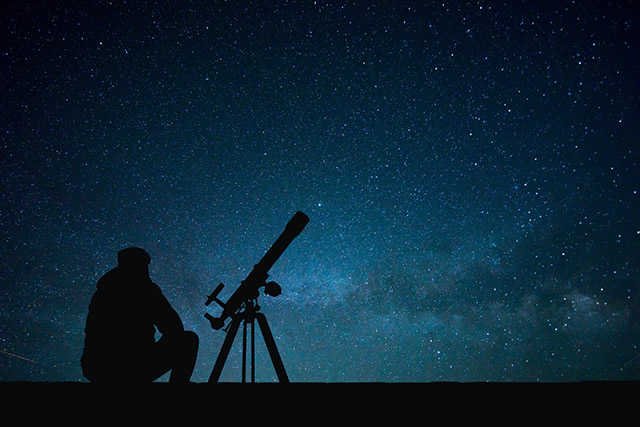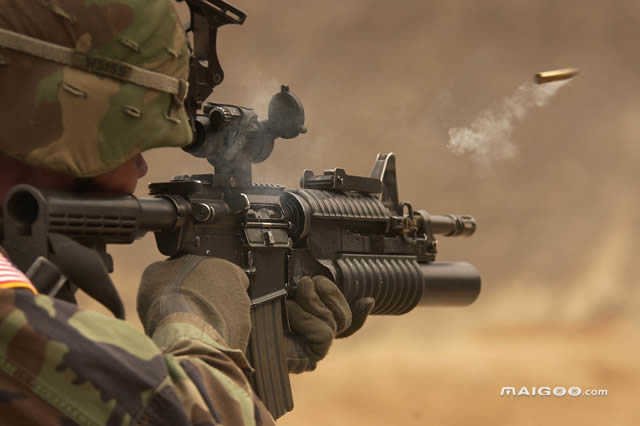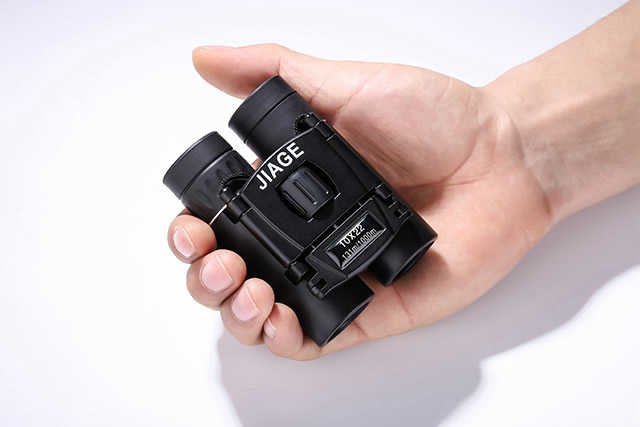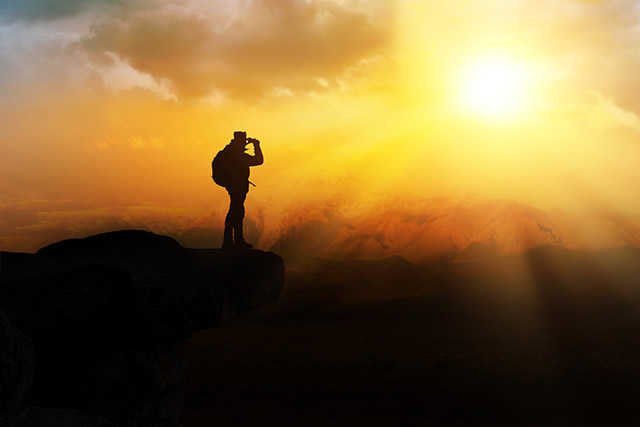Types of astronomical Telescope
Optical Telescope is roughly divided into three categories: refraction type, reflex, reflective type.
Advantages: The imaging is very sharp, sharp, and high.Connecting the "Positive mirror" can make the imaging not upside down, which is conducive to the observation of the ground scenery.It is easy to maintain and has a long service life, but be careful not to let the lens moldy.
Disadvantages: The price is high, and the same price can buy a larger reflected Telescope.There is still a little residual color difference in the ordinary color difference Telescope.The residual color difference is too small to ignore the price of the "reunion color difference Telescope" price and its expensive.
Advantages: Low price (compared to the refraction mirror), the same price caliber, you can see more and darker celestial bodies.Imaging colorless difference.Cost -effective.Most of the large -caliber Telescopes of professional observatory are reflective structures.
Disadvantages: Daily maintenance is relatively troublesome.

Astronomical Telescope parameter
1. Activity
The diameter refers to the effective light diameter of the object mirror, which is often represented by the symbol "d".The ability to collect starlights is directly proportional to the Square of its caliber.Therefore, the greater the caliber of the objective mirror, the more likely it is to observe the darker celestial body.
2. Differential angle and resolution skills
The distinguishing angle is usually based on the angle seconds, which refers to the angle distance between the two light points that can be discussed by the Telescope.During the visual observation, the distortion angle of the Telescope = 140 (angle seconds) / d (millimeter), D is the effective caliber of the object mirror.The distortion of the Telescope is measured by the countdown of the distinction angle of the Telescope, so the larger the diameter of the Telescope, the better the discrimination.
3. magnifying rate
The magnification rate is the physical quantity of the visual Telescope, that is, the angle of the magnification.The amplification rate of the eyes Telescope is equal to the ratio of the focal length of the material mirror to the focal length of the eyed mirror. Therefore, as long as the differential mirrors are changed, the magnification of the Telescope can be changed.However, due to the limitation of the deduction of the object mirror, the magnifying rate of the Telescope cannot be increased without limit. Generally speaking, the amplifier rate is roughly 2D (the value of the 2 objective mirror diameter, and the caliber value is based on millimeter).During the observation, it is by no means the optimal rate of the maximum.If the magnifying rate far exceeds its magnifying multiplier limit, although the star statue looks larger, it does not increase its clarity. On the contrary, it will make the star statue blur, dimVery narrow.
4. Vision field
The sky corner diameter can be called the visual field of the Telescope corresponding to the area corresponding to the good imaging of the Telescope.The bigger the field of view, the wider the vision that sees it.The field of view of the Telescope is inversely proportional, the greater the magnifying rate, the smaller the field of view.Different diameter, different focal lengths, different optical systems (including objectives and eyepiece) and quality determine the size of the viewing field of the Telescope.When looking at the starry sky, if you use a large viewing Telescope plus a wide -angle mirror, you will feel like walking in the starry sky.
5, extreme star, etc.
"Xingwu" is an indicator of the brightness of the celestial body, which is often represented by the symbol "M".The smaller the value of the star, the brighter the star; the larger the value of the star, the darker the star.The difference between the stars is 2.512 times the difference between the brightness.Extreme stars refer to the stars with the darkest celestial body with a Telescope.The visual limit star of the Telescope can be roughly estimated by the following formulas: M = 2.1 5LOGD formula D (caliber) is based on millimeter.
Note: The light pollution in large cities will seriously affect the size of the extreme star, so the best observation location is to stay away from the outskirts of urban light pollution.
1. Huachangs mirror (H)
It was developed in 1703.It consists of 2 slices of convex lenses, with a small view of the field, about 25-40 degrees. It is relatively short (the distance from the eyed mirror to the eyes) is relatively short.Patch mirror.Because the Wynos mirror is easy to make and the price is low, it is often used on a small entry -level Telescope.
2. Romans Deng mirror (R or SR)
It was a successful design in 1783, and it was also two flat -mirror structures with two convex mirror structures with the same focal length.The field of view is about 30-45 degrees.The ball difference, axial color difference, and distortion of Raraz Eye mirrors are less than Waisse mirrors, and the venue is also significantly reduced.But the distance from the pupil is also short.Both Romin and Wynos belong to the first generation of eyepiece.
3. Kylene mirror (K)
It appeared in 1849 and was composed of three lenses.It is developed on the basis of Ranzeson's mirror. The main improvement is to change the single -piece lighting mirror to the dual -glue combined color differential lens.Improve the image of the edge, and the effective field of view reaches 40-50 degrees.In the middle and low rates, the imaging quality of the Kylene mirror is better than that of Wets and Romin.In addition, the field mirror of the Kelna eye mirror is close to the focal plane, so that the dust on the field mirror is easy to images and affects observation, so pay special attention to cleaning.
4. Abbey disordered eye mirror (or)
In 1880, it was designed by Abe in Germany. It is a structure of four pieces and two sets. Among them, the field mirror is a three -gluble lens, and the mirror is a flat -convex lens.The degree of detecting, it also has a flat field of viewing at 40-50 degrees and sufficient pupil distances. It has performed well in each magnification and has been widely adopted.But the price is relatively high.
5. Pruden eye mirror (PL or Plossl)
Also known as "symmetrical mirror".It is a four -piece structure, consisting of two two sets of dual -gluing color differential lenses. Its parameter performance is equivalent to OR eyepiece, but PL eyepiece has a greater pupil distance and field of view.Because the two anti -colored differential gum compounds in PL eyepiece can be exactly the same, the cost ratio is low, and it is currently the most widely used eyepiece mirror.K, OR, PL belong to the second -generation eyepiece.
6. About the size of the eyepiece interface
There are roughly three interface specifications of the Telescope eye mirror: 24.5 mm (0.965 inches), 31.7 mm (1.25 inches), and 50.8 mm (2 inches).24.5 mm is mainly used for small entry -level Telescopes. 31.7 mm is the current mainstream size.50.8 mm is mainly used on high -end large -diameter Telescopes.
Astronomical Telescope selection guide
1. Comparison of the type of astronomical Telescope
1) The refracted astronomical Telescope is more convenient to use, the field of view is large, the star is bright, but the color difference is reduced, which reduces the resolution.The objective mirror of high -quality refractive mirrors is two double -separated color differential mirrors or 3 recovery differential mirrors.However, color difference or compound dispenusion difference can not completely eliminate color differences.
2) The advantage of the reflector astronomical Telescope is that there is no color difference.Commonly used reflectors include Newtonian and Cargreen.The former is simple and cheap, the spherical reflex mirror is on the back end, and the eyepiece is on the front side of the front end; the main and auxiliary mirrors of the latter optical system are non -spherical, the main mirror and eyepiece are behind.Essence
3) The refractive astronomical Telescope mirror takes into account the advantages of the refracted mirror astronomical Telescope and reflector astronomical Telescope: large visual field, good image, short lens barrel, easy to carry.Compared with the focal length and the refraction Telescope of the same caliber, the price is less than one -third of the price.There are two types of refractive mirrors: Schmith -Cargreen style and Mark Sotov -Kasseglin -style, which is also called the horse -card mirror.Horse -card mirrors have two types and three types.For example: Bosma1800150 astronomical Telescope and BOSMA2400200 astronomical Telescope are all three pieces. Because the image is better than two pieces, it is welcomed by domestic and foreign astronomical enthusiasts.
2. Reasonably choose the focal length of the astronomical Telescope
Choosing the focal length of a astronomical Telescope is related to the celestial body you want to observe.If you want to observe the nebula and find a comet, choose a short focus distance astronomical Telescope; if you want to observe the moon and the planet, choose the Changjiao astronomical Telescope; if you want to observe the two stars, gathering stars, changing stars, and star groups, it is best to choose a medium focus astronomy astronomytelescope.Mid -focus mirrors can take both ends, which are more popular.Usually short mirrors refer to the ratio of the focal length and caliber than or equal to 6, and the long mirror refers to the ratio of the focal length to the caliber than 15, which is called the mid -focal length mirror between the two.
3. Is the astronomical Telescope lens high and the high multiples are high?
According to the experience of long -term observation of astronomers, the maximum magnification of the astronomical Telescope must not be greater than the diameter of the 1.5 times (represented by millimeters). The Telescope with a caliber of 100 mm is observed.Times.The best tranquility can reach 190 times; when the caliber is 200 mm, it is observed in a medium of atmospheric tranquility, and it must not be greater than 170 times.At the best tranquility, it can reach 340 times; in fact, the maximum magnification of the bright celestial bodies can be doubled for astronomy enthusiasts, and even the caliber of the 2.5 times mirror (represented by millimeters).However, the multiples of the astronomical Telescope make the image bigger and darker, and at the same time, the atmospheric jitter has also enlarged, making the image more blurred.
4. Choose as much as possible astronomical Telescope
1) Large diameter, there are many light energy received, and you can observe a darker celestial body.
2) Large caliber, maximum effective magnification V is large, because V = main mirror diameter D (represented by millimeters).
3) Large diameter and high resolution. You can observe more details of the planet, you can distinguish the double stars, and it is possible to find darker asteroids and comets.In terms of resolution theory, it is only related to the caliber, which is actually related to optical design, processing and installation, and schools.Generally, the resolution of the popular science Telescope can reach 2 times the theoretical distinguishing angle, even if it is a high -quality Telescope, and the BOSMA1800150 is tested by the import metering instrument, the resolution is better than 1 , which is close to the theoretical value.
5. How to distinguish the optical quality of the astronomical Telescope
When buying during the day, you can observe a building in the distance with an astronomical Telescope to move the outline of the building to 1/4 of the vision. If the outline orange or blue -purple is particularly obvious, or the contour line is bent particularly, don't buy it.; Look at the leaves in the distance. Generally speaking, the 60 mm caliber Telescope can see the leaf tendons at 40 meters away. Don't buy it if you can't see it clearly.Of course, the larger the diameter of the astronomical Telescope, the farther it looks.Bosma70060 astronomical Telescope (caliber 60 mm) can see the leaf tendons outside 85 meters.In the evening, you can watch the stars. If you see the stars with color and particularly obvious, or the stars on the edge of the field of vision drag your tail, the length of the star is twice the size of the star. This astronomical Telescope is not suitable for astronomical observation.
6. Detection of resolution of astronomical Telescope
The best way is to observe the double stars.For example: Tiaoya star is double star (near the cowherd star), the angle distance is 1 .4; Aries star is double star, corner distance 1 .The husband's star is a double star, with a corner distance of 3 .
7. Observation about planets
Observe the magnification of gold, wood, water, fire, and Saturn is the planetary small round face in the astronomical Telescope viewing field and the full moon seen by the naked eye.Therefore, it can be observed by observing Jupiter with a 50mm objective mirror. Venus and Mars can be observed with 80mm objective mirrors, and Mercury uses a 280mm objective mirror.
8. Observation about the sun sunspots
Big Kuroko can be seen with a small astronomical Telescope, while some small sunspots need to use a large astronomical Telescope to see clearly.Amateur observations generally use projection observations.Observe that the sun and the moon should use a Telescope with a caliber (D/F), it is best to be 1: 15-1: 20.You can also add a light bar in front of the mirror to reduce the caliber ratio.However, doing so will reduce the discrimination of the Telescope.
9. Observation about the moon
The moon has ring -shaped mountains, chain mountains, Yuehai, Moon Valley, grooves (dry rivers) and bright radiation stripes. A good astronomical Telescope can see very subtle details on the moon.The best magnification of the moon is (1 1.5) main mirror caliber (MM).
10. Scholar about astronomical Telescope
The stands of astronomical Telescope have two types: horizon and equatorial type, all of which have two vertical shafts.The vision of the astronomical Telescope is generally relatively small, and the larger the magnifying rate, the smaller the field of vision, so choose a bracket that will not shake due to wind blowing.



